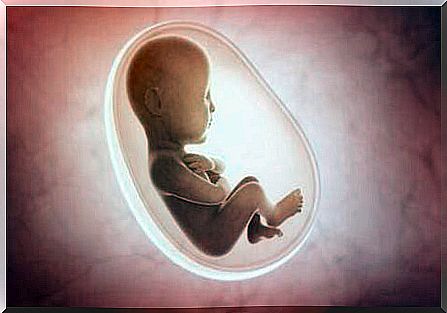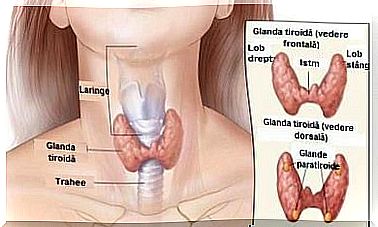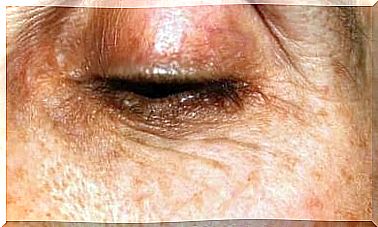Birth Defects: Types And Prevention

Fetal malformations are birth defects. They can be either structural or functional. They generally arise when the baby is in the womb and are detected during pregnancy, birth or afterwards.
A minimal percentage of birth defects
Today, most women give birth to healthy babies. This is a result of both medical advances and public policy in developing countries.
As a result, birth defects are much less common.
In many countries, a birth defect is the cause of infant mortality, chronic illness and disability. Chronic disabilities have a major impact on the people who live with them. But also on their family, the health system and society.
According to the World Health Organization , birth defects affect 1 in 33 babies. Approximately 3.2 million babies are born with disabilities each year.
Early detection of these conditions using diagnostic testing during pregnancy is essential. Using these tests, specialists can apply appropriate and effective therapies for many abnormalities.

It is difficult to find a cause for 50% of birth defects. But experts have managed to identify a few underlying factors. Socio-economic factors, the environment, demographics, genes, infections and the mother’s nutritional status can all be related.
Types of birth defects
- The most common birth defects: cleft lip, cleft palate, cerebral palsy, congenital hypothyroidism, fetal alcohol syndrome or neural tube defects including spina bifida and anencephaly.
- Cardiac abnormalities: interatrial septal and ventricular septal defects, Patent Ductus Arteriosus (PDA), Aortic stenosis and narrowing of the isthmus aorta. Also transposition of the great vessels, hypoplastic left heart syndrome and tetralogy of Fallot.
- Gastrointestinal tract defects: esophageal occlusion, congenital diaphragmatic hernia, pyloric hypertrophy, Hirschsprung disease, gastroschisis, omphalocele, anorectal malformation, and biliary atresia.
- Congenital Disorders: Cystic Fibrosis, Down Syndrome, Fragile X Syndrome, Oculafaryngaal Muscular Dystrophy, Phenylketonuria (PKU), Sickle Cell Anemia, Tay-Sachs Disease, and so on.
- Infections that can cause a birth defect: congenital rubella syndrome, CMV infection, toxoplasmosis, genital herpes, fifth disease, chickenpox, congenital syphilis.
Detection
Detection of these disorders can take place in the following periods:
- The period before conception.
- The period of conception. During this period, you can begin reproductive health testing, genetic testing, and therapy.
- The period immediately after birth.
Therapy
Pediatric surgery can correct many birth defects, such as cleft palate.
Also, medical professionals can intervene early in children with functional abnormalities, such as thalassemia and congenital hypothyroidism.
Preventing birth defects
Preventive public health policies and campaigns offered by various health and hygiene organizations are effective in preventing birth defects.
Thanks to the introduction of this policy, the percentage of birth defects has been reduced. Some of these measures are, for example:
- Adjusting the diet of women of childbearing age. This includes ensuring that women receive important minerals and vitamins, such as folic acid.
- Ensure that pregnant women do not ingest substances that are harmful to the baby. These harmful substances include drugs, alcohol and tobacco.
- Visiting the doctor regularly and completing necessary tests before conception and during pregnancy. This will help detect conditions such as diabetes, which can be controlled by a special diet.
- Reducing or avoiding exposure to harmful substances such as heavy metals and insecticides during pregnancy.
- Controlling radiation exposure (and drug intake during pregnancy.) Intake and exposure should always be pre-checked for risks and benefits to mother and child.
- Improving programs that both promote health and make vaccinations more accessible. This mainly includes vaccinations against the rubella virus in women and girls. Early vaccinations against the rubella virus are effective for avoiding the disease. If a woman has not yet had this disease, she can receive an anti-rubella virus vaccination during pregnancy.
Science has advanced a lot these days. Birth defects are becoming less common as a result of developments in science. However, it is important to detect diseases early. Whenever possible before or during the pregnancy and otherwise as soon as possible after the pregnancy.









